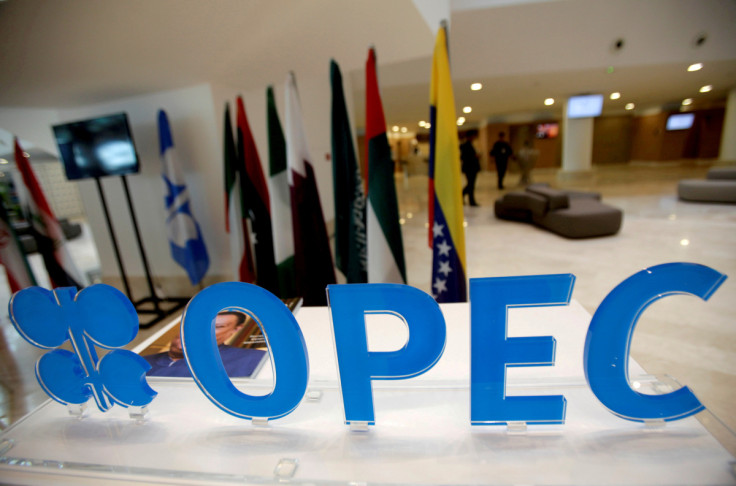OPEC's Share Of Oil Production Growth To Shrink This Year: EIA

Non-OPEC countries will account for a higher percentage of oil production gains this year and next, a reversal of the last two years, the U.S. Energy Information Administration predicted on Tuesday.
Gains by the U.S., Brazil, Canada and Guyana will overshadow OPEC after Saudi Arabia and other Middle East producers this month disclosed plans to cut output by around 1.16 million barrels per day beginning next month.
Total non-OPEC liquid fuels production is expected to grow by 1.9 million barrels per day (bpd) in 2023 and by 1 million bpd in 2024, the EIA said in its Short Term Energy Outlook. OPEC output will fall by 500,000 bpd in 2023, then rise by 1 million bpd in 2024, after the group's output agreement expires, EIA forecast.
About half of the forecast gain by non-OPEC producers in the next two years will come from the United States, the agency said. U.S. crude production set to rise 5.5% to 12.54 million bpd this year and another 1.7%, to 12.75 million bpd, in 2024.
GASOLINE PRICES
U.S. retail gasoline prices are expected to average around $3.50 per gallon this summer, peaking between $3.60 per gallon and $3.70 per gallon in June, the EIA said. A year ago, prices jumped to $5 a gallon as oil soared and storage levels shrank.
The average U.S. household is expected to spend between $2,140 and $2,730 on gasoline this year, down from $2,780 in 2022, the EIA forecast.
U.S. motor travel rose 3.8% for the first two months of this year compared with a year ago, the U.S. Department of Transportation estimated.
Gasoline stockpiles have been falling as refineries underwent overhauls, raising fears of higher prices this summer. However, the EIA estimated refiners' gasoline output will rise faster than U.S. consumption, raising stocks and lowering prices.
The U.S. average retail price for a gallon of gasoline was $3.608 this week, down from $4.11 a year-earlier, motorist group AAA said.
Brent crude oil spot price will average $85 per barrel this year, while West Texas Intermediate U.S. crude is expected to average $79.24. Both estimates were about $2 higher than EIA's March forecast on OPEC's output curbs.
The higher crude oil prices could hurt refining margins and encourage refiners to lower throughput, EIA warned, forecasting average U.S. refinery utilization of 90% this year down from more than 91% last year.
Oil demand is expected to remain relatively stable. Liquid fuels consumption will rise by 1.4 million bpd in 2023 and by 1.8 million bpd in 2024, EIA said. It expects global oil markets to be in relative balance over the coming year.
U.S petroleum and other liquid fuels consumption would tick up 0.5% to 20.4 million bpd in 2023 and rise 1.6% to 20.7 million bpd in 2024, EIA added.
© Copyright Thomson Reuters {{Year}}. All rights reserved.





















